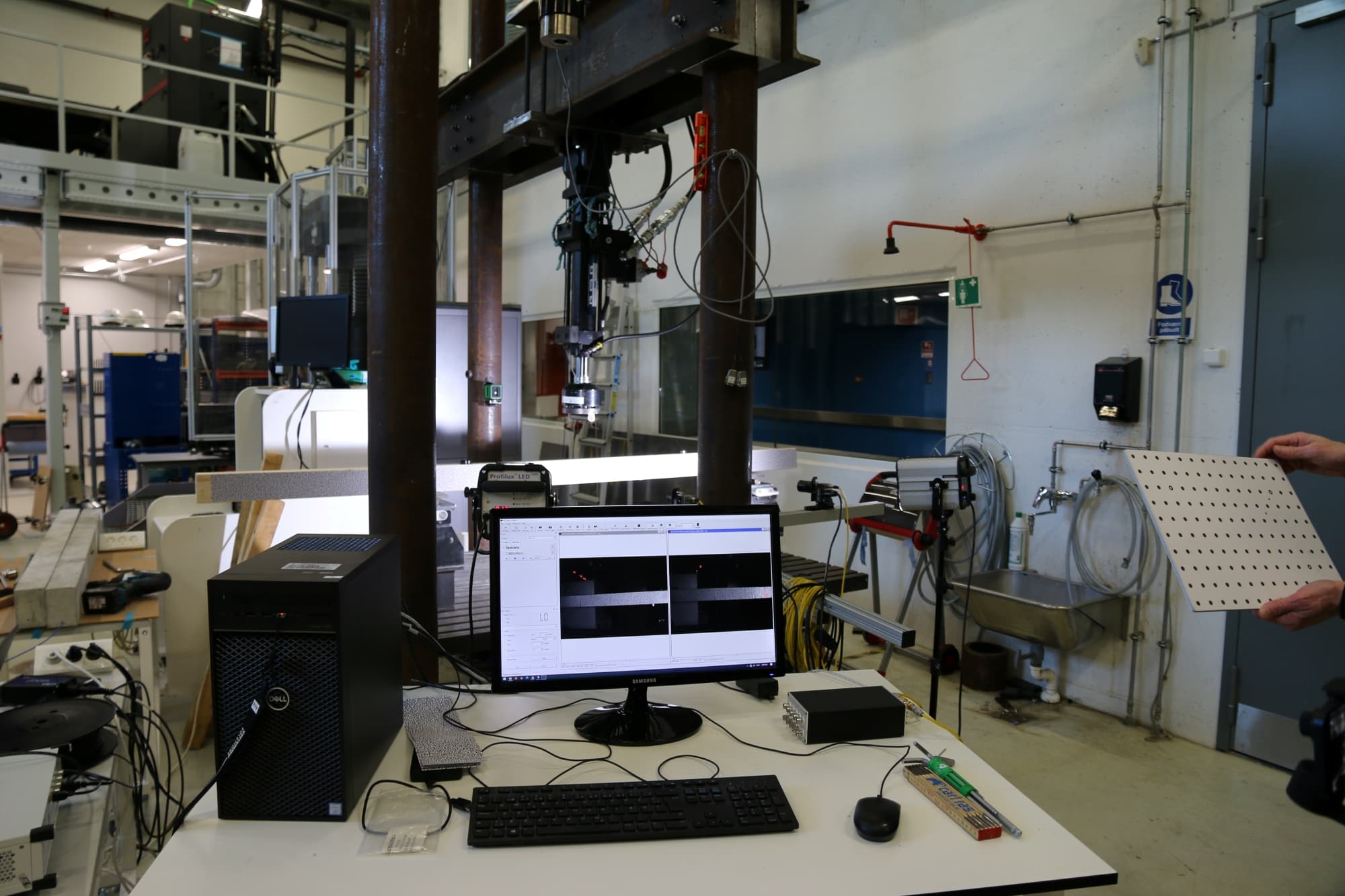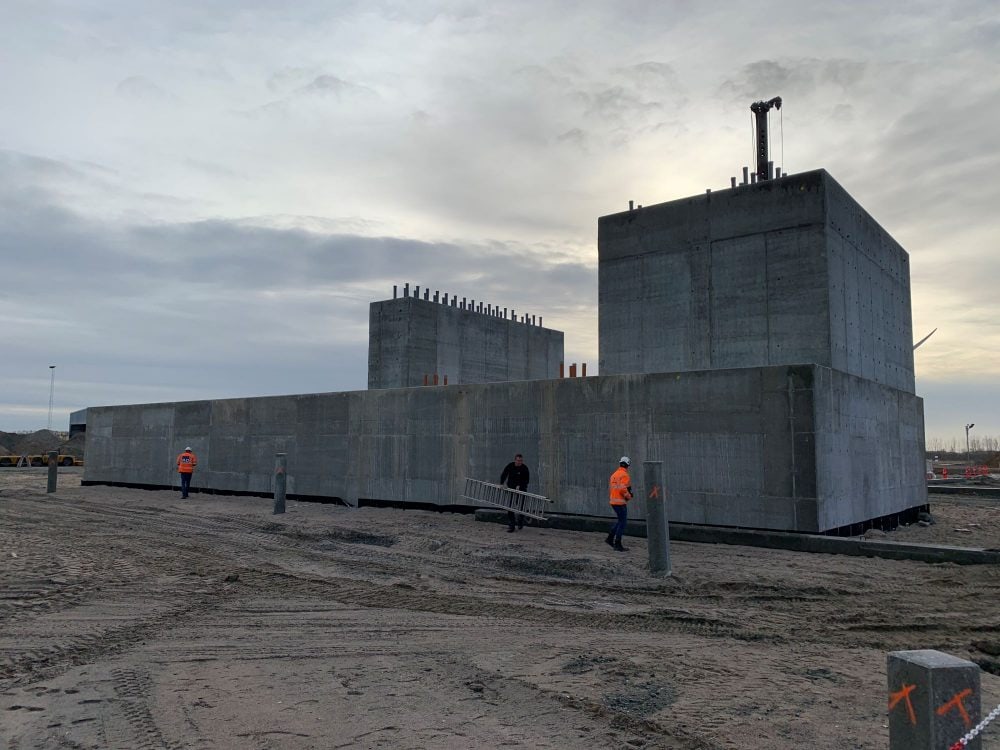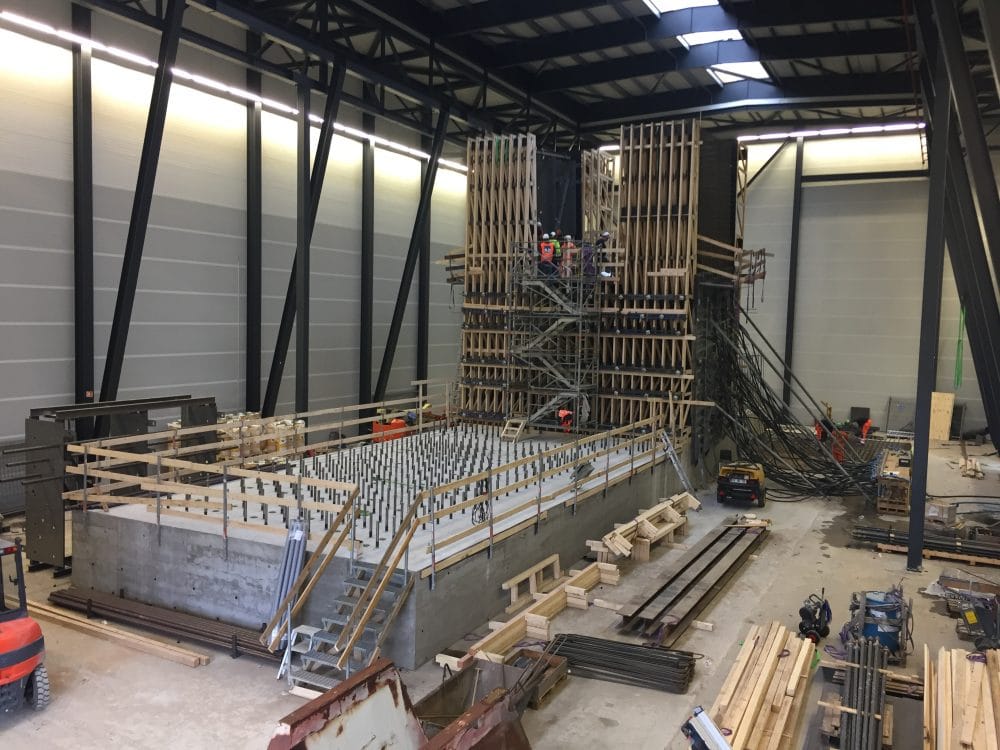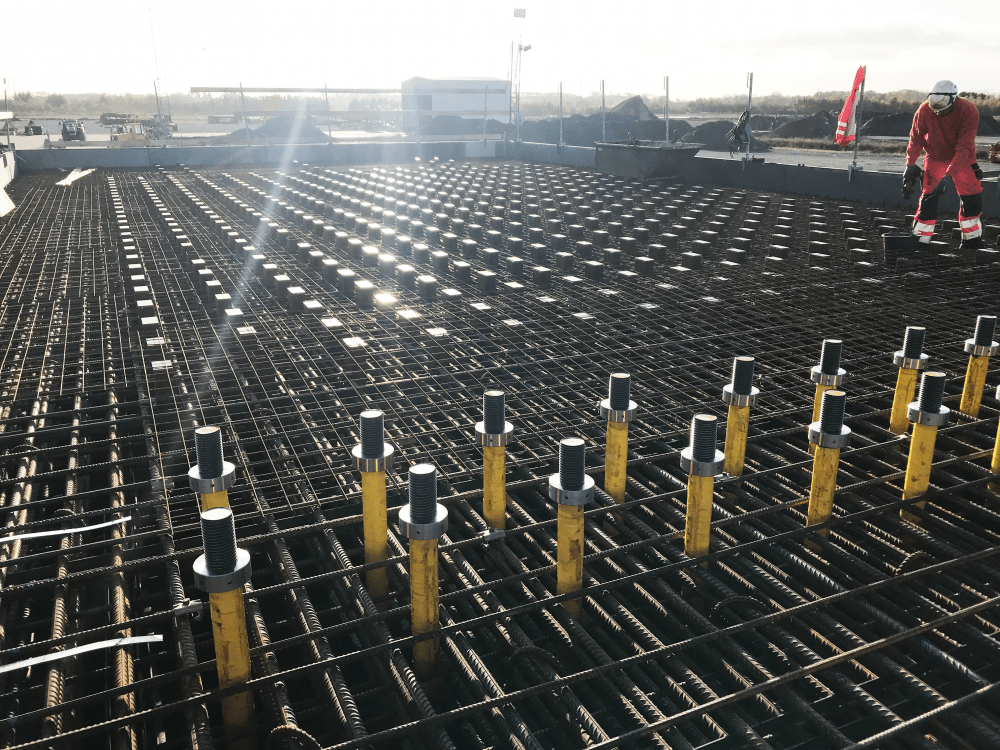
Test Systems
Danish research project will validate and optimize test systems of the future
Danish research project will validate and optimize test systems of the future
Grant supports new technology in the wind industry
In 2020, R&D Test Systems, in cooperation with Aarhus University, was granted money from EUDP to continue the development of foundation solutions to the large test benches, which will make sure that wind turbine manufacturers can continue to test the wind turbines of the future. The cooperation with Aarhus University ensures that the project group has extensive experience with both test systems design and project execution and detailed knowledge of central technologies.
“The Energy Technology Development and Demonstration Program (EUDP) is a public support program, which can grant aid to the development and demonstration of new energy technologies. The projects must contribute to fulfilling Denmark’s political goals for energy and climate, as well as contribute to creating Danish workplaces and export of energy technology,” explains Lærke Skov Hansen, Administrative Officer at EDUP. It has been crucial for the continued development that EUDP choose to support R&D Test Systems’ test bench foundation project.
Experiments will improve the foundation design
The wind turbine manufacturer keeps exceeding themselves and building larger and larger offshore wind turbines. This is naturally also affecting the whole industry with new and increased demands, including test benches used to test the large wind turbine components. “We have reached a point at which our concrete constructions, as they are constructed now, can’t withstand much more force. That’s why we must develop some new foundation solutions, which can stand the enormous forces, which is required for the coming test benches,” explains John Simonsen, Senior Specialist at R&D Test Systems.
R&D Test Systems’ structural engineers are working at full throttle to develop further and improve the reinforced concrete foundations. This is done by executing different tests, which have the purpose of reviewing and improving the processes. “We have ended up with a conceptual design in which the carrying element is that we would like to know more about where and how the forces move in the construction,” explains Frede Christensen, Associate Professor at Aarhus University.
The current calculating methods of reinforced concrete constructions are based on common standards within the building industry. However, these are not advanced enough to cover the massive forces which run through a test bench foundation. That is why this EUDP-project will investigate if, by using sensors, which are cast into the construction, it is possible to monitor how the concrete and the wire reinforcement reacts to the different strains. By using this technique, you can get much more information about what is going on inside the foundation concerning the dimensions, cracks, and reinforcement. Previously, R&D Test Systems has only been able to measure on the concrete surface, which does not give precise data on the fatigue inside the foundation.
The different tests and measurements should result in a new measurement method and model, which much more precise can calculate the strain in the foundation and, as a result, predict the foundation’s lifetime.
The EUDP-project is expected to be finalized by the end of 2022. “By optimizing and futureproofing our solutions, we will keep our position as a key supplier of test systems. Furthermore, we can with this project help to secure Denmark’s position as one of the leading countries within green energy,” concludes John Simonsen.




